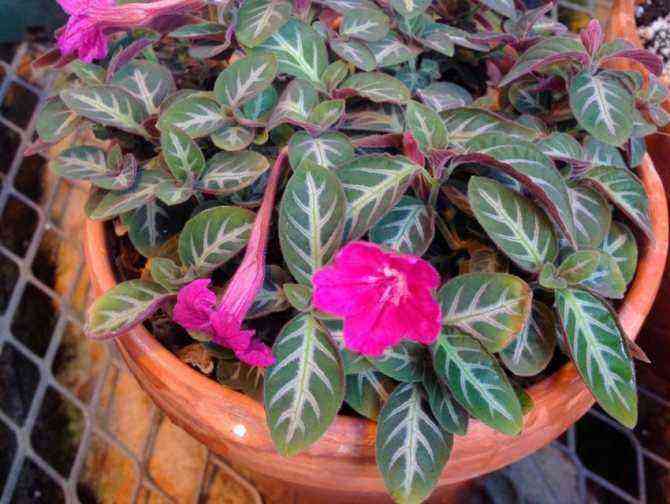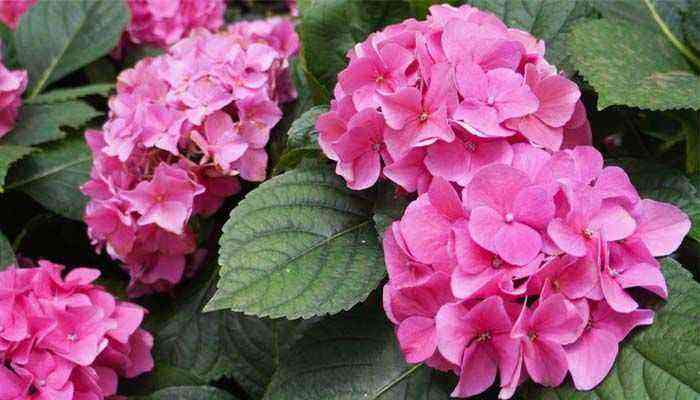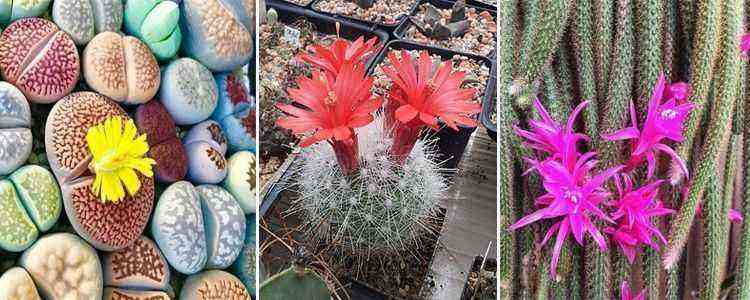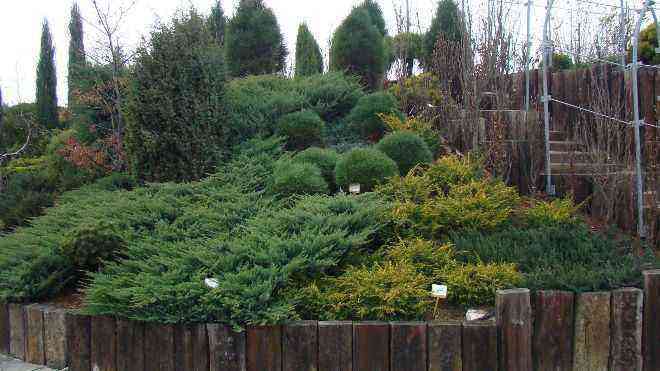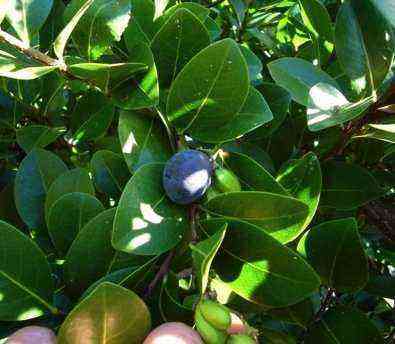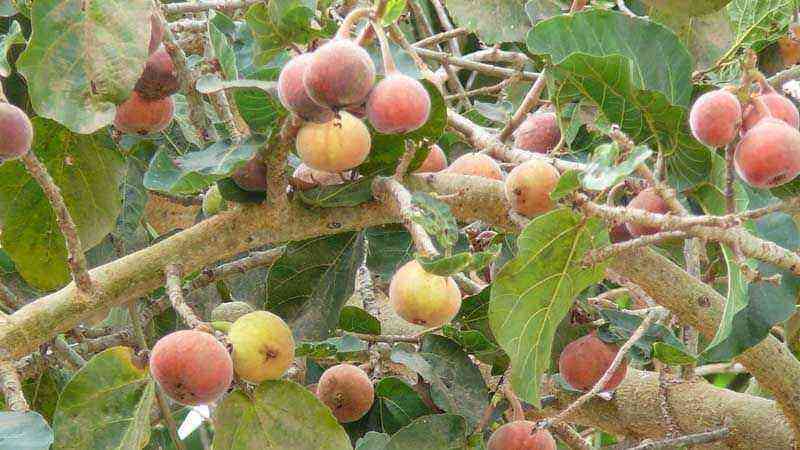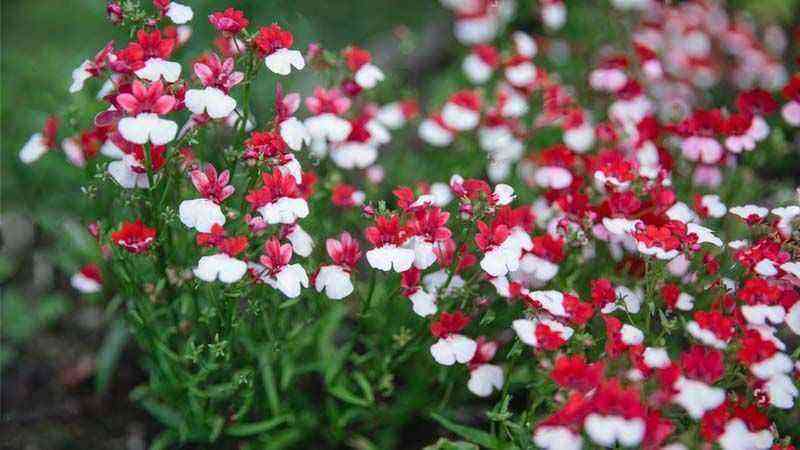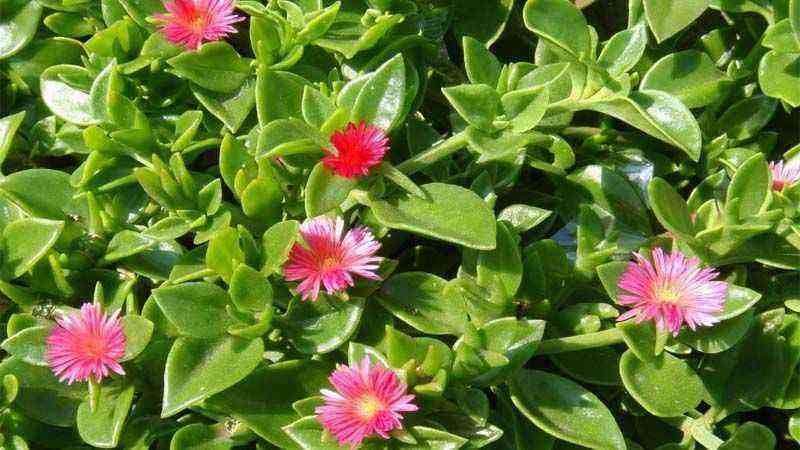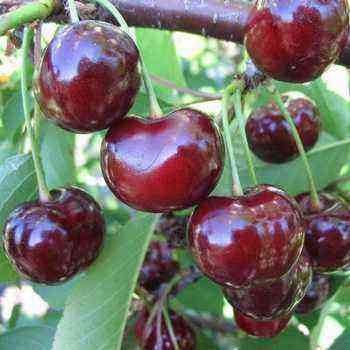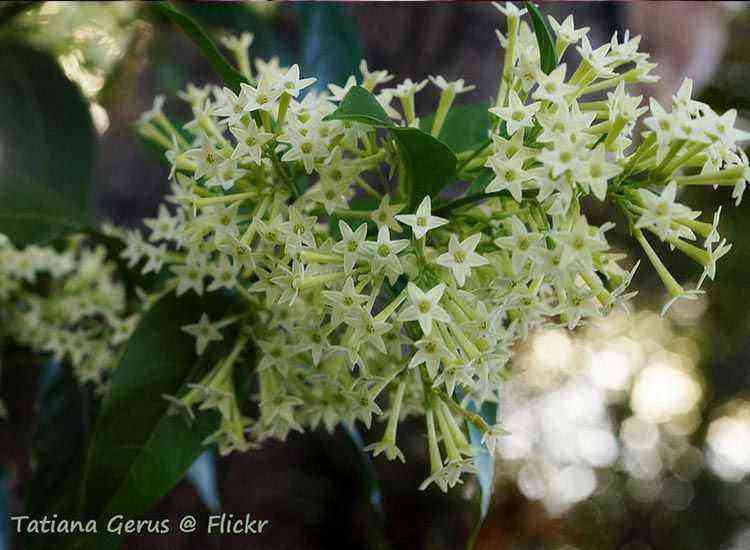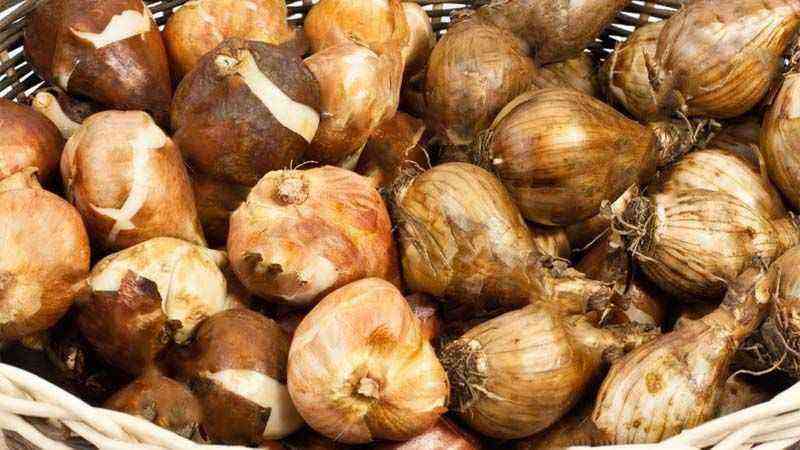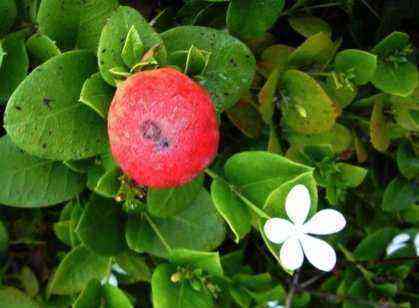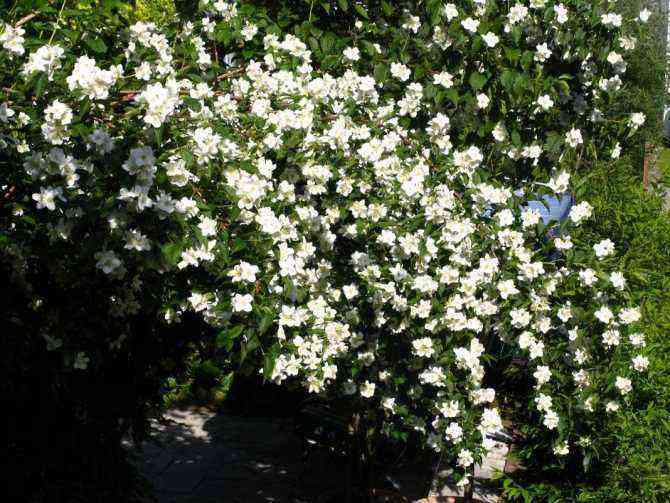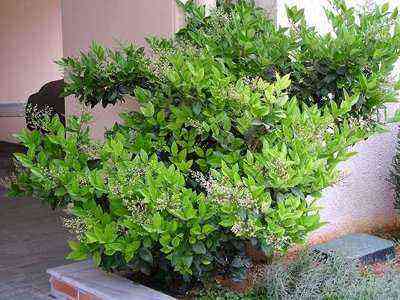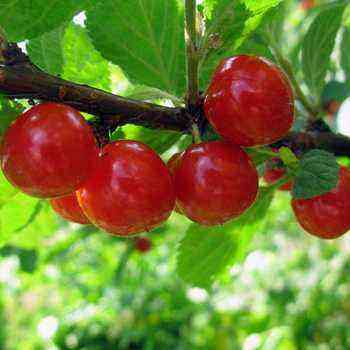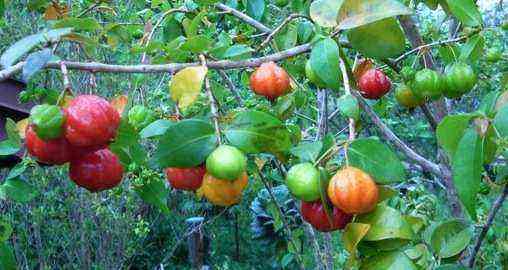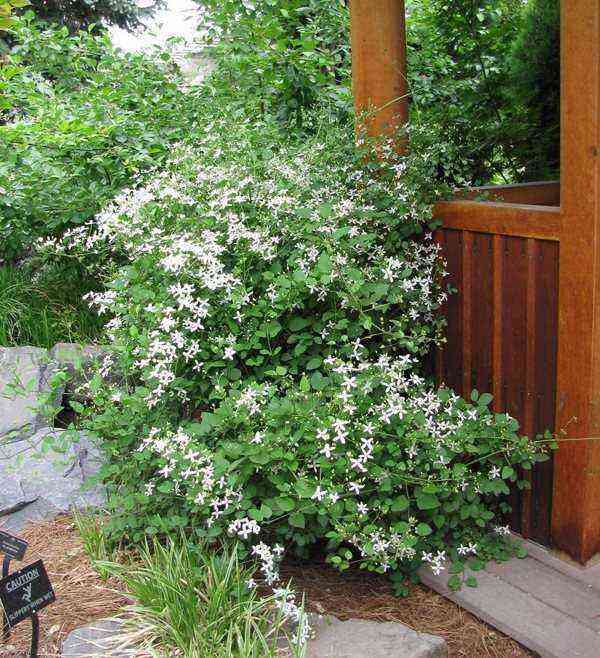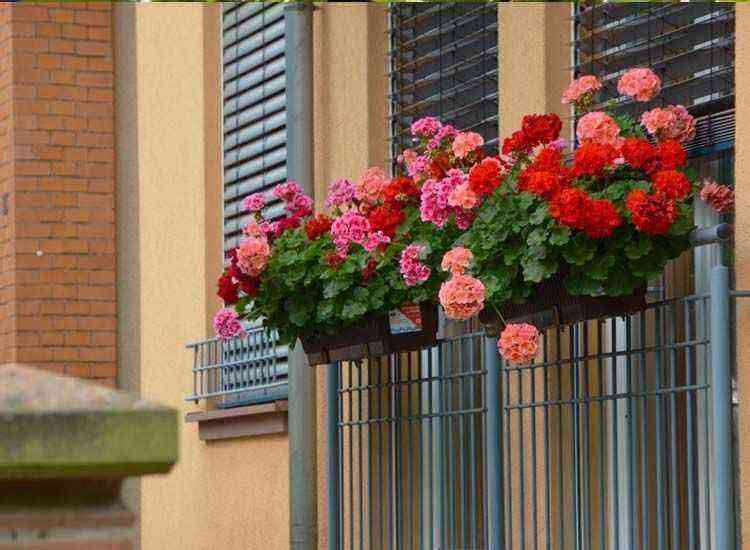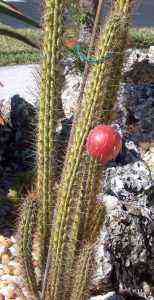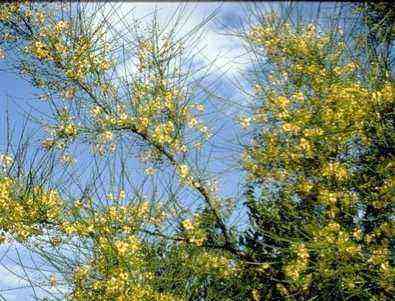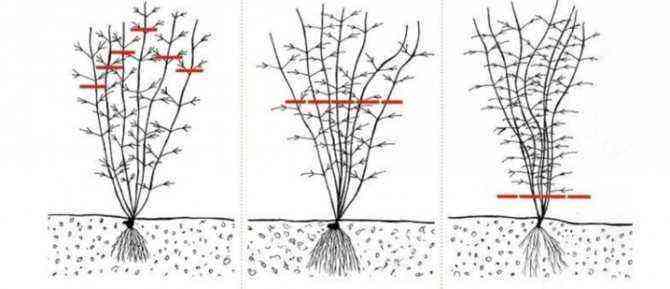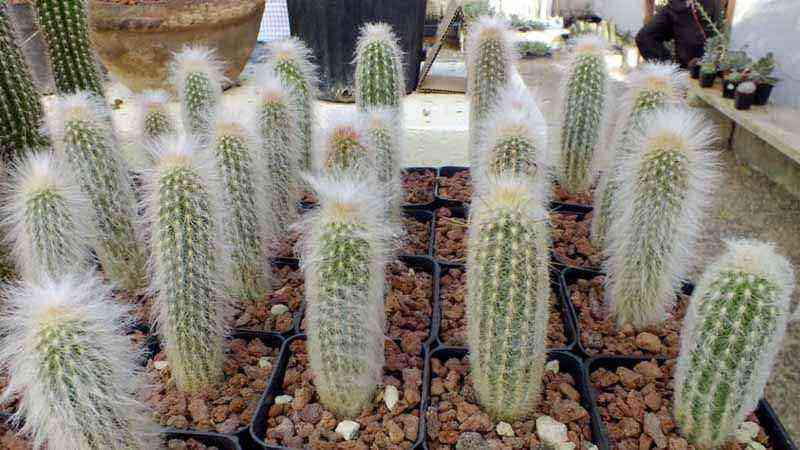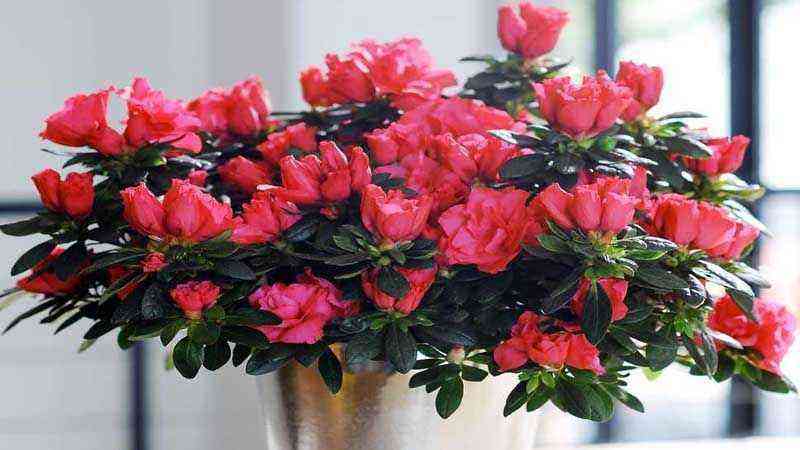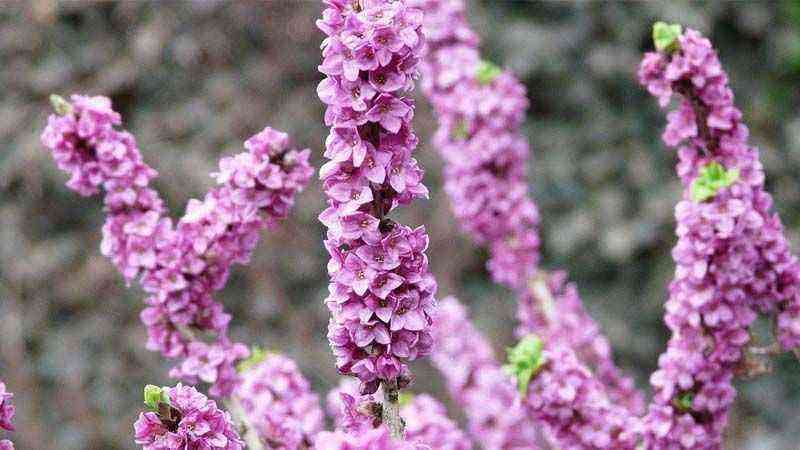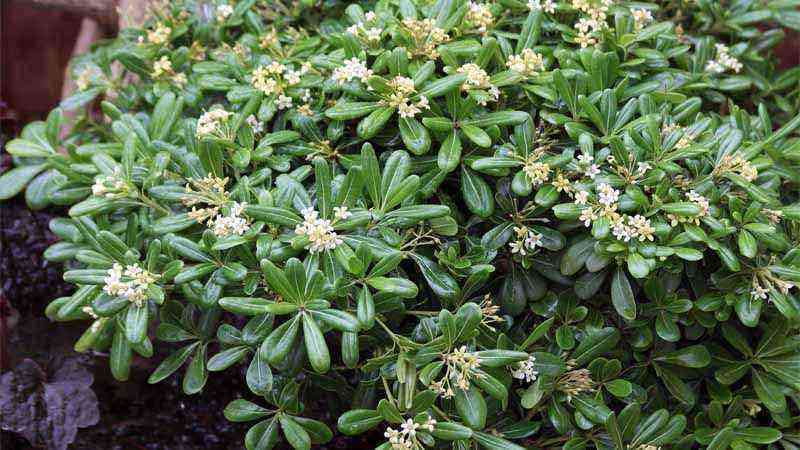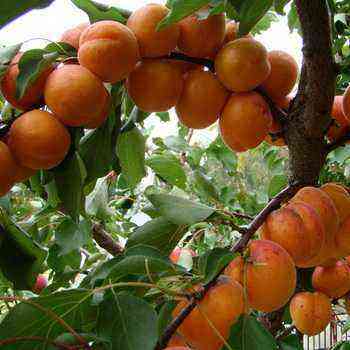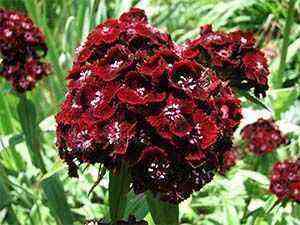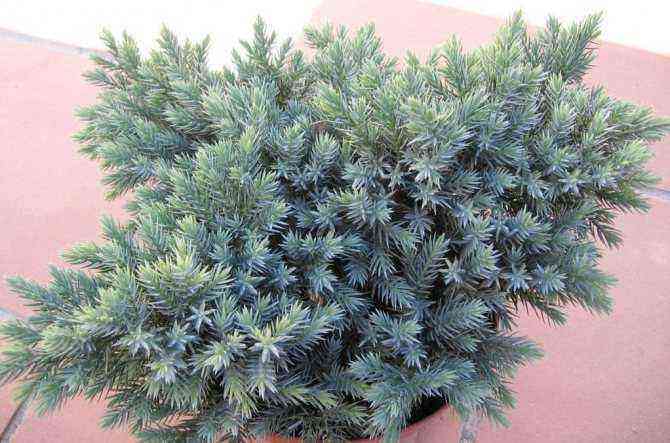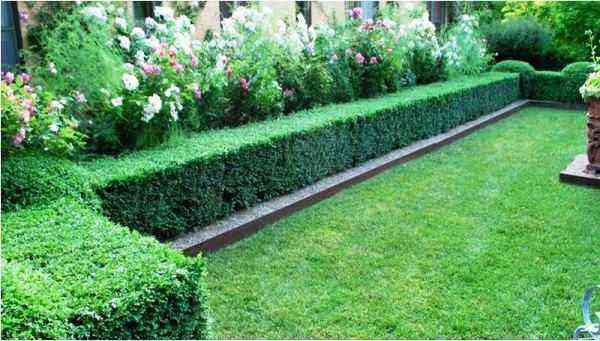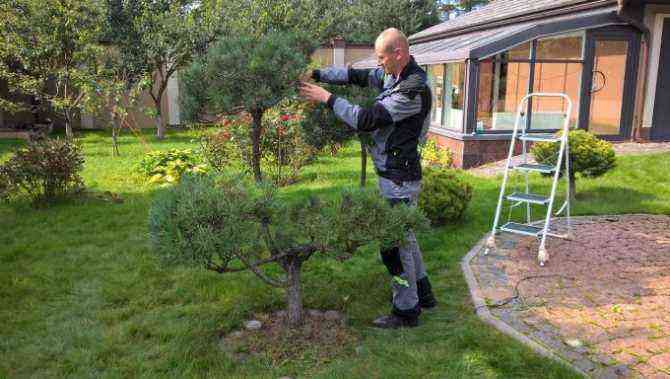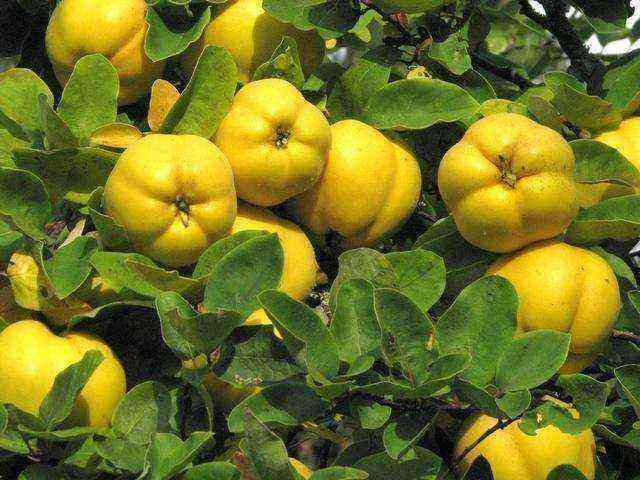Ruellia is a thermophilic plant and, most importantly, is unpretentious to care for. The flower belongs to the Acanthus family, and its homeland is the tropical part of Africa, Asia and South America.
Almost all types of ruella are herbaceous plants, although there are shrubs and semi-shrubs among them. However, not many species are suitable for breeding Reullia at home.

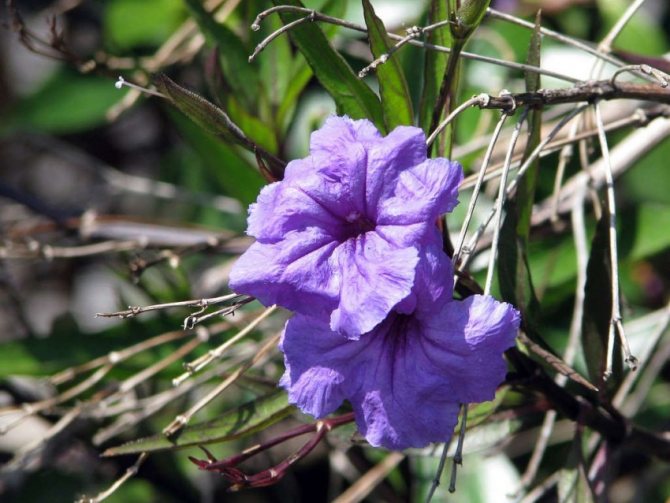
Types
There are almost 250 different types of ruelia in the world. But flower growers prefer only a few varieties, although all members of the family are very unpretentious and do not require special conditions.


Ruellia blue has another name – Ruelia Devos. Distributed mainly in South America in the tropical zone. Its leaves are velvety to the touch, dark green above and purple with white veins below, have an oblong shape. Flowers are often of a delicate, light purple hue.
Ruellia grandiflora is a perennial shrub that grows to a height of almost 2 meters. It has large oblong leaves with a pointed tip. Flowers come in red, lilac and pink shades.
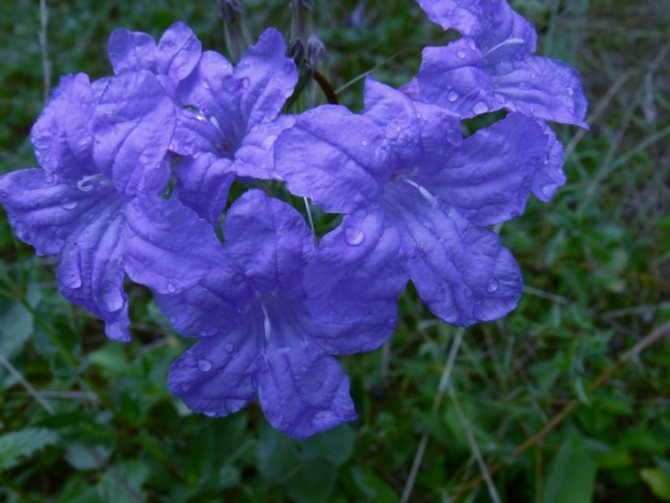
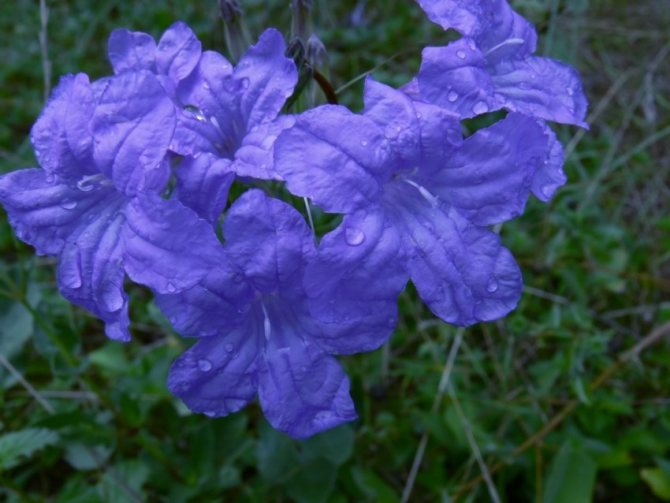
Ruella Portella also grows in the tropics of South America and is very similar to Ruella dove. However, a distinctive feature is the leaves of a darker shade and larger in size. And the flowers are bright pink. She is an annual.
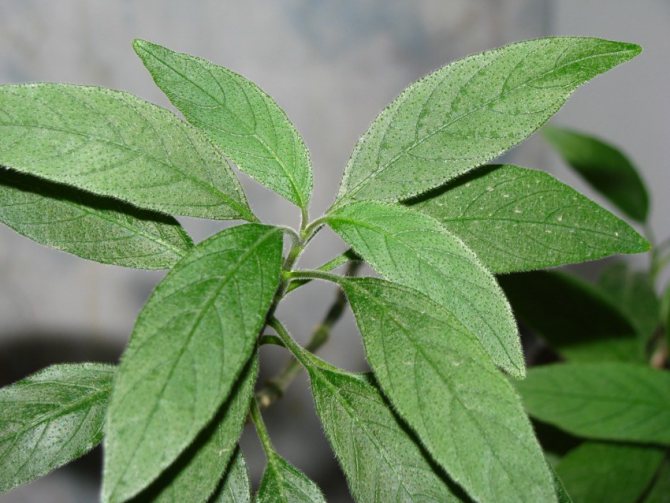
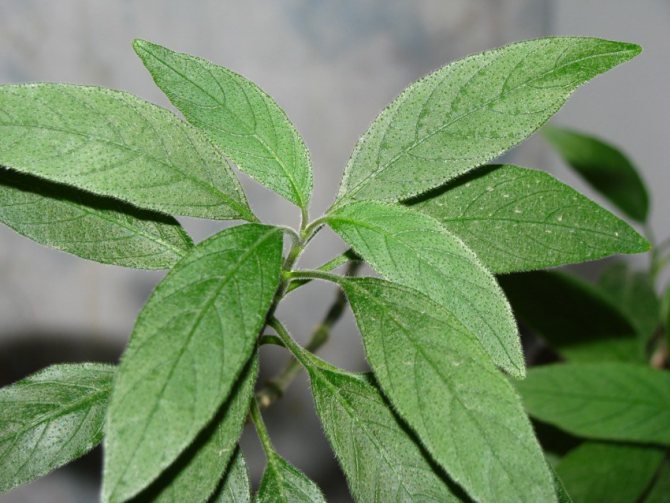
Ruella is beautiful lives up to its name: it is a variety that blooms almost all year. It differs from others in that the upper part of the leaves is matte and dark, while the lower part is light. Her flowers have a rich purple hue.
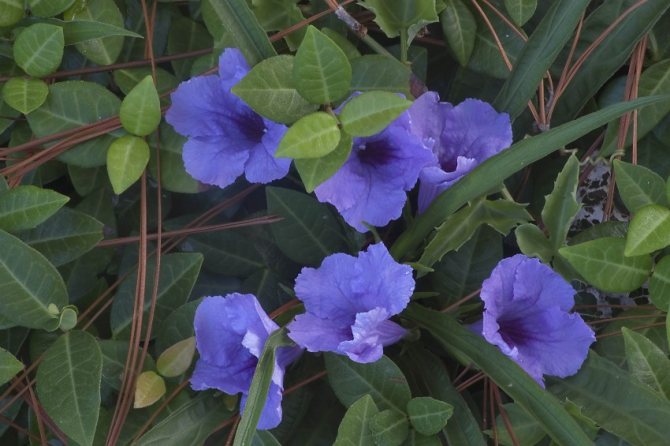
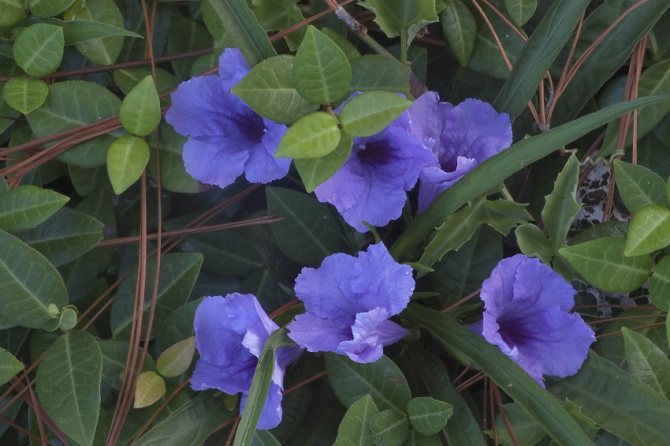
Ruella caroline is a shade-tolerant plant with dark green, creeping stems. Leaves, like other representatives of the genus, are oblong. Flowers – lilac shade. Perhaps this is the most unpretentious ruelia flower of all types.
Diseases and pests
The attack of pests and diseases of ruelia are often the result of the careless attitude of the owners to caring for the plant. The suffering of the bush manifests itself in the form of symptoms:
- the color of the ruella leaves fades, the leaves become smaller – from a lack of light (rearrange to a brighter place);
- ruelle leaves turn bright purple – from sunburn (shade at noon, rearrange to the southwest or southeast window);
- brown spots appear on the leaves – excess sunlight (shade, rearrange to a less bright place);
- the ends of the leaves curl up – from dry air in the room (place the flowerpot on a pallet with wet pebbles);
- ruelle leaves wither – lack of moisture (water more often);
- ruelle leaves turn yellow and fall off – stagnation of moisture in the soil (transplant into another soil, correct watering);
- the plant looks wilted – the plant is cold with excess moisture (rearrange to a warm place; do not water for several days, adjust watering);
- ruella does not bloom – there was no rest period; the plant hibernated in a warm place and did not bud; dry indoor air and little light.
Sometimes ruella is attacked by whitefly, spider mites, aphids. Insecticides are used against pests.
Temperature conditions
The best temperature in summer is 20-24 degrees, but the plant feels good at temperatures not lower than 18 degrees. In winter, 16-18 degrees is suitable. It is also necessary to monitor the air circulation to prevent rotting.
Useful reviews about growing ruelia
My Ruelle Deveaux has been growing for 10 years already, she presented her with children of all her acquaintances. I planted 2 bushes in a hanging basket and looks very good in summer. I cut off the branches for the winter. Very responsive plant for oily soil and top dressing. Hanging on the north side. Flowers are short-lived: they bloom in the morning, fall off in the evening.
Lelka
An amazingly unpretentious plant! It will look better in a pot if a lot of them are planted. To do this, you can root the layers and tops in a glass of water. There are fewer flowers on older branches. It will bloom when the pot is cramped. Easily propagated by seeds, but before ripening, a small gauze bag should be put on the testis, because he shoots seeds all over the room. If the seeds are not needed, then you can cut them off.
Halinka
I remember when I had ruelia (though I didn’t know about its name then), all over my apartment its seeds were sprouting in all the pots! I don’t know how far she shoots them, but the wind carries them great, and exactly in other pots. So there was no need for rooting, the main thing is that it blooms, and then you should know weed its numerous settlements
About growing conditions: grew in diffused light, near the southern window in Central Asia. That is, it is warm and light enough, but I never could withstand direct sunlight.
wool
… Ruelia is fluffy, so I don’t spray her; ruella grows in a small yogurt glass and is enough for her; there are no plums (holes) in the cup due to the fact that ruelia is a water-laden plant; ruelia very easily and quickly gives roots in water – I was given 2 branches, each 3 cm in size! and they quickly gave rise to roots and began to grow, and having reached a size of about 7 cm, they released their buds and bloomed; ruelia stands at the window at my eye level (old refrigerator), the direct sun does not fall, it is light! Semi-daytime flowers are light blue. I don’t know the variety. Ruella seeds are round, about 1,5–2mm flat (see photo), cracking all over the kitchen! but nowhere in other pots they have never ascended! once she opened the brown box herself and sowed seeds in her same glass – the result is in the photo – that means they need moisture, without a greenhouse and without a “cap”! It was not necessary to cover it with earth, the seeds simply lay on the ground.
NadinA
I had a ruella, but it disappointed me with a loose bush, which did not want to be neat and compact. Later I read that it should be cut twice in the summer and that it is better to grow it as an ampelous plant. In general, I gave it to the child in the kindergarten. Although the plant is generally pretty …
Anna Malikhttps://www.lepestok.kharkov.ua/forum/viewtopic.php?t=910
Watering
Watering must be moderate and systematic, but care should be taken that the earth does not dry out completely. It is optimal to water when the top layer is already dry, but the entire earthen lump is not yet. If the flower has begun to fade, you should take a closer look at it, and there are two options here.


The first option is too much watering. This leads to the fact that the roots begin to rot, and at the same time, the whole flower may die. Then it is worthwhile to wait and let the earth dry out a little.
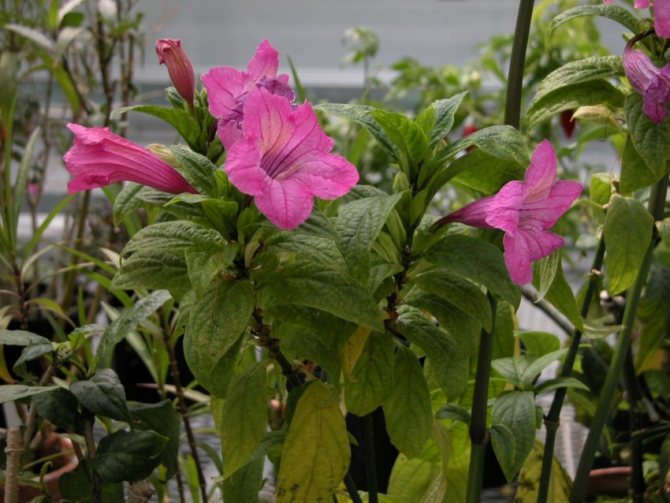
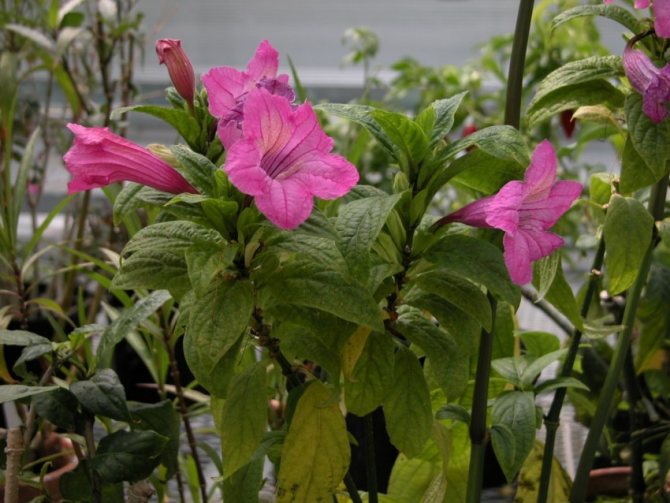
The second option is, on the contrary, a long period without water, which is why the whole earth dried up. In this case, water the flower as soon as possible, this may give a chance that it will recover.
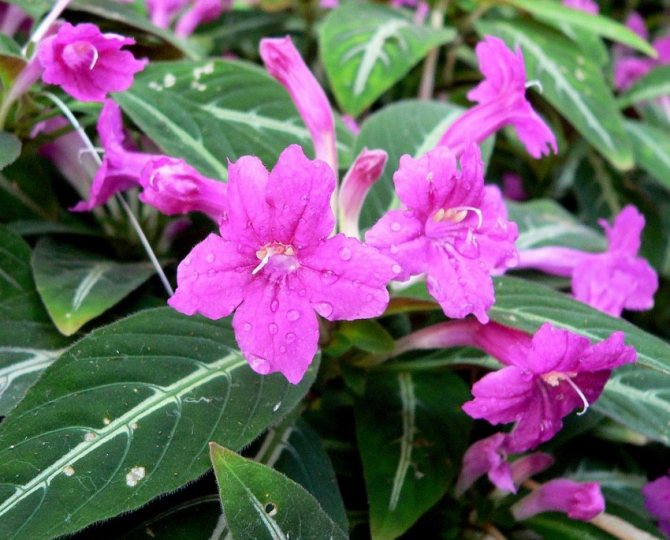

Also keep it away from heaters and batteries. Ruellia is still a tropical plant, and dry air can harm it.
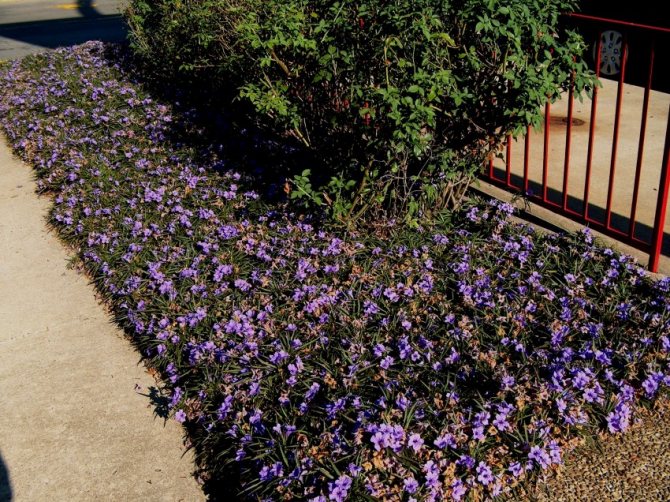
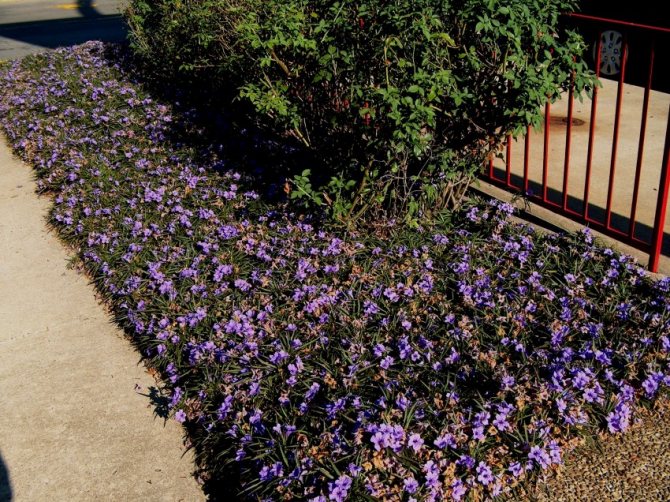
If the leaves begin to curl and fall off, this can be a signal that the humidity in the room is not suitable for it – it is too low. It can also lead to the appearance of spider mites. However, it does not need regular spraying.
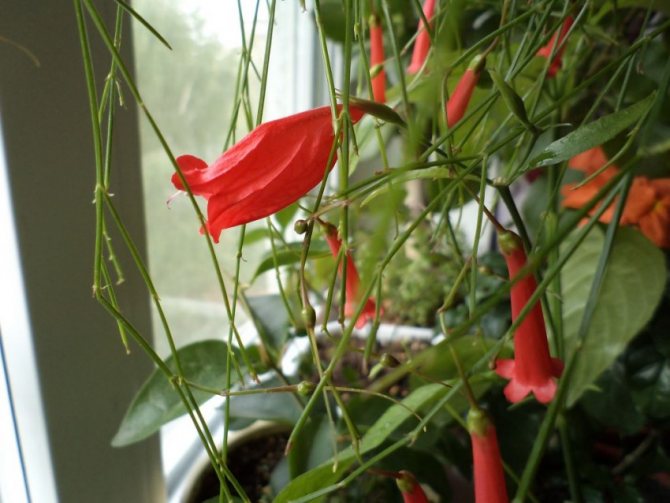

Caring for ruella at home. In detail
Growing ruelia on a home windowsill is a simple and very exciting exercise. Having planted a small seed or stalk, you can soon get a new bush and admire the original beauty of the leaves and the bright color of the flowers.
Flowering ruella
Some plant species bloom all summer. Blooming ruella is an impressive and long-lasting sight. In the axils of rich green velvety leaves, flowers are formed, similar to bells. Their colors range from snow-white, pink, beige, soft lilac to deep red, raspberry and purple.
The beauty of ruella flowers is short-lived. Having opened in the morning, by the evening they already fade. Following them, new ones appear. So, for several months, there is a cycle of ruelia flowers. After the end of flowering, the fruit is formed in the form of a small pod filled with round seeds.
Temperature conditions
To make your home ruella comfortable, you need to carefully maintain the temperature regime. The mode assumes to contain the plant in summer at + 24 – 27 ° C, and in winter – at + 16 – 18 ° C. Ruella is a very delicate plant that is sensitive to fluctuations in atmospheric pressure, temperature drops and drafts.
Therefore, the hostess must closely monitor the condition of the green pet. Noticing that the bush feels uncomfortable, it is necessary to rearrange it in time to a warmer room, to shelter it from the wind. When the mercury column of the thermometer rises above + 28 ° C, the level of humidity is increased. This will help prevent disease and pest infestations.
Spraying
A shrub of tropical origin requires high air humidity at home. Caring for ruella assumes that the container with the plant is placed on a tray with wet pebbles, household humidifiers are used.
Spraying is not recommended: water droplets can damage the surface of delicate flowers and fleecy leaves.
Lighting
The amount of sunlight received by a plant determines its health, duration and splendor of flowering. Tropical shrubs require bright, diffused lighting. It is important to choose the right place for the plant. At home, it is advisable to settle ruelia in the southeastern or southwestern part of the house.
Windows facing north are contraindicated for a light-loving bush: the shoots will become long and thin, and you may not see the flowering. On a south-facing window, the plant is shaded at noon to avoid sunburn of the leaves.
Watering ruelia
If you are going to water the ruella, you should definitely see if the soil is dry. If it is dry, you can use the watering can. If the substrate is still wet, it is worthwhile to postpone watering. In summer, watering the ruelia should be done frequently – sometimes three times a week. In winter, the shrub is watered less often – about once every 10 days.
Waterlogging is dangerous for the plant: it leads to decay of the roots, provokes fungal diseases. To keep the substrate moist longer, the trunk circle is mulched with chopped sphagnum, a coconut substrate.
Pot for ruelia
The plant has a powerful root. It is important that it fits comfortably in the flowerpot, the roots are not intertwined, but located freely. But the flowerpot should not be very spacious either: there will be no lush flowering in a spacious container, but many weak shoots may appear.
A pot for ruelia is needed of medium size, so that a thick layer of drainage enters into it, in addition to the plant (at the bottom of the pot, holes are required for the excess liquid to drain and air flow to the roots). Sometimes ruella is grown as an ampelous plant using hanging baskets.
Ground
At home, ruella shows itself as a non-capricious plant. But in order for it to develop harmoniously, you need to choose the right soil. For a bush, a regular flower substrate from a store is suitable. You can prepare a soil mixture with your own hands, taking equal portions of sod earth, perlite, peat and humus.
Most importantly, the soil must be breathable and nutritious. Its friability can be increased by adding crushed moss, brick chips, vermiculite to the mixture.
Top dressing and fertilization
To maintain the decorativeness of foliage at a high level, to give flowering a special splendor, to strengthen the plant’s immunity, fertilizing and fertilization are called upon. Once every two weeks, from the end of March to the beginning of September, ruella is fed with a universal product containing basic mineral elements.
The fertilizer is sold in concentrated form. In order not to burn the roots of the plant, it is diluted with water several times. Top dressing is carried out after evening watering, and then the plant is left in the shade for two days.
Transfer
In order for the plant to receive a new portion of nutrients from the soil, and its grown roots to be freely located in the flowerpot, ruelia is transplanted. Small bushes should be replanted annually (in spring).
An adult ruelia changes living space when its roots mature and completely embrace a clod of earth, and small roots begin to look out of the drainage holes. Along the way, damaged roots are removed and weak shoots are cut; strengthen the drainage layer.
The plant is planted without deepening.
Trimming
To grow a lush, compact bush, ruelia is pruned every spring. The procedure helps to get rid of damaged and bare shoots, stimulates the formation of new branches. A plant cut in this way rejuvenates and becomes beautiful. Cuttings are cut from cut healthy shoots, they are used to propagate ruelia.
The rest period
At the end of October, ruelia begins a dormant period. It lasts until mid-March. For several months, the plant must rest to prepare for a new flowering. At this time, the bush is cool. It is occasionally watered when the surface of the substrate dries up; do not feed. In cloudy weather, phytolamps are turned on.
soil
Ruelia is an unpretentious flower, and the purchased soil will suit her. But it is best to combine turf, humus, sand and leafy soil in proportions of 2: 1: 1: 2, and also do not forget about good drainage. Expanded clay, vermiculite or brick shards are suitable in its quality.
Planting and transplanting a plant
You need to transplant ruella annually, preferably in March. When the flower grows up and reaches the age of three, the transplant can be carried out much less often, as needed, when the root system of the flower grows strongly.
Suitable soil
In terms of soil, ruelia is very whimsical. Clayy heavy soil is categorically unsuitable for it, but it grows well on light air-permeable mixtures. You can buy ready-made substrate at the store, but it is not difficult to prepare it yourself. To do this, you will need:
- 20% of garden land;
- 20% coarse sand;
- 25% peat;
- 35% leaf land.
Instead of sand, you can take perlite in the same proportion. It will significantly increase air access to the roots and will help remove excess moisture. Warm up the prepared mixture for 10 minutes in a water bath to destroy pathogenic bacteria and microbes.
Transplant process
- For transplanting, you will need a pot, the size of which will be 3-4 cm larger than the old one. Be sure to make drain holes in its bottom and create a drainage layer of small pebbles, vermiculite or expanded clay.
- When removing the ruella from the old pot, be careful not to damage the fragile stems and leaves.
- Examine the root system of the plant: there should not be a single rotten or dry root in it, otherwise it will negatively affect the growth and appearance of the flower. The soil must be gently shaken off so as not to damage the healthy roots.
- The problem areas of the root system should be removed. To do this, take a sharp knife, boil it in water for 10 minutes or disinfect it with alcohol. Cut off the affected area of the root, capturing about 2 cm of the healthy part. Sprinkle the cut with chopped charcoal.
- Pour some nutritious soil (2-3 cm) on the bottom of the pot on top of the drainage layer. Place the roots of the plant on it and, holding the stems, fill the empty space up to the walls of the container with the substrate.
- Remove dry branches completely. Those of them that are too elongated from a lack of light and remain almost without leaves, also need to be cut off with a sharp disinfected knife.
If you think is necessary, make a support for the ruelia so that its stems do not hang down, but tend upward.
After transplanting, water the plant and place the flowerpot in the desired location. Ruellia does not need support, but if you want the bush not to spread, but to grow vertically upwards, install a simple spacer of two longitudinal posts and several transverse bars, or tie the plant to an upright knitting needle.
Care errors and helpful reminders
To prevent the leaves from drying out and forming dark spots on them, stick to medium humidity. Its low indicators will lead to the fact that the flower will begin to wither, but it does not need a high one. Also, if the leaves do not wither or fall off, move the plant away from heaters in winter.
In order for the flower to bloom, it is necessary to maintain the temperature regime for each of the seasons. In summer, the temperature should be 20-24 degrees, and in winter it is cool – up to 18 degrees. Also, do not forget about feeding during active flowering.

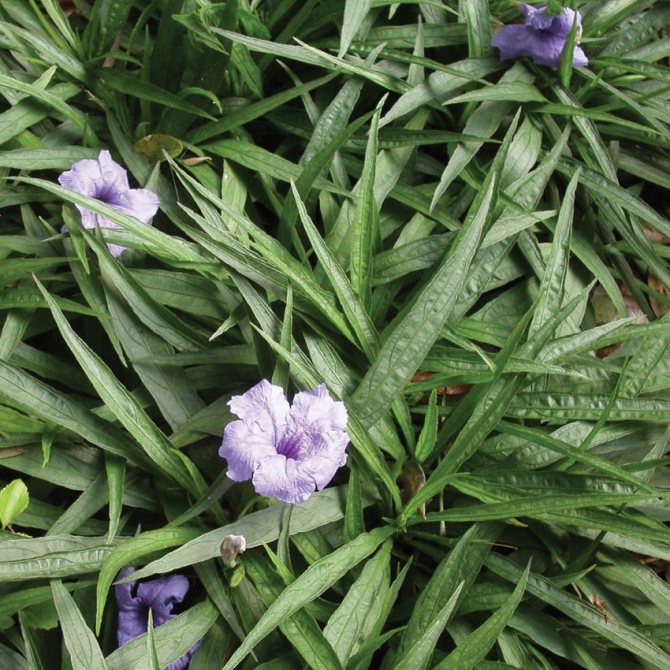
To prevent the leaves from turning yellow, do not over-water the plant. He needs moderate watering: it is necessary that the top layer of the earth has time to dry out.

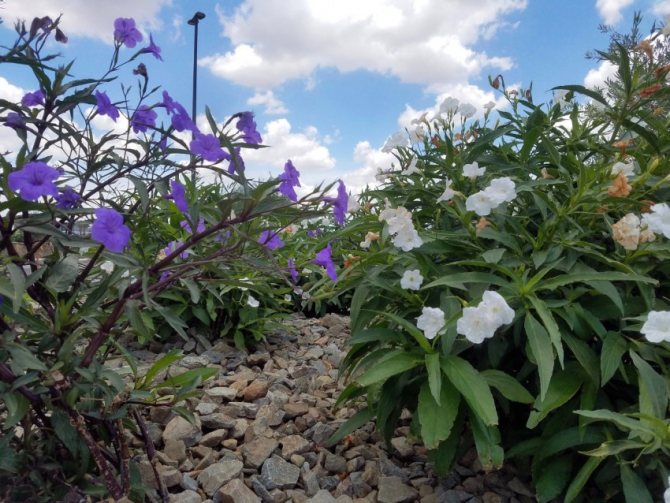
Provide the plant with adequate lighting to keep the leaves from getting smaller and the shoots to be thin and faded. If necessary, use fluorescent lamps or special phytolamps for plants.
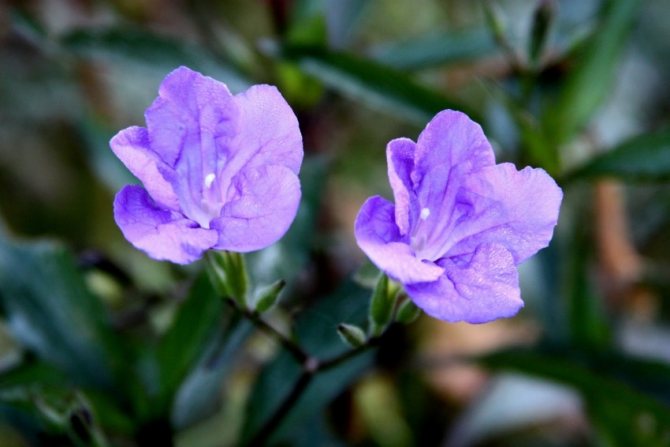
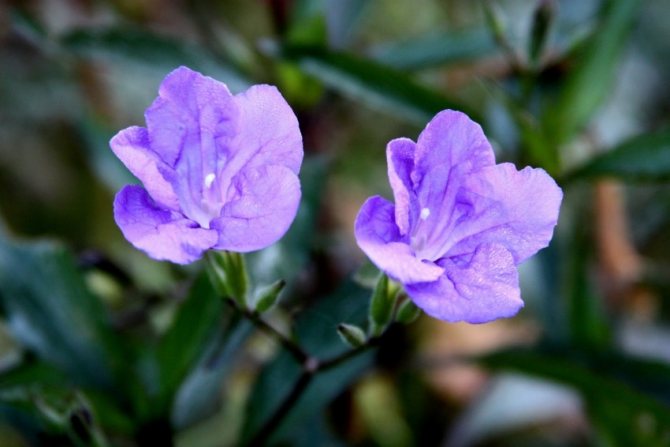
Ruellia: home care. Briefly
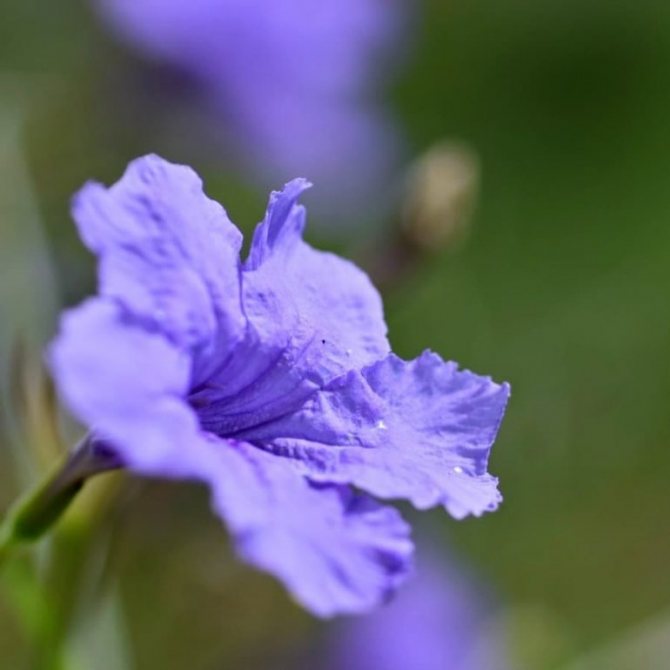

Ruelle Caroline. Photo
It is quite easy to grow ruelia at home. Even a novice florist can cope with the task, creating favorable conditions for the plant:
| Temperature conditions | In winter – from + 15 – 18 ° C, in summer – up to + 27 ° C; protect from drafts. |
| Air humidity | Increased; do not spray. |
| Lighting | Scattered bright; windows facing southwest or southeast. |
| Watering | Make sure that the substrate does not dry out. |
| Soil for ruellia | Universal floral; a soil mixture of equal doses of humus, sod earth, perlite, peat. |
| Top dressing and fertilization | In late March – early September, once every 15 days, they are fed with a liquid mineral agent diluted in half. |
| Ruella transplant | Young plants – every spring; adults – after the roots completely encircle the earthen lump. |
| Reproduction | Cuttings or seeds. |
| Peculiarities of growing | Every spring, the plant is pruned, after which its crown becomes more accurate. Gas combustion products, smoke have a bad effect on ruelia. Therefore, the bush should not be placed in the kitchen. |
Photo of ruelia
The area and features of the appearance of ruelia
The main habitat of the ruella, or dipteracanthus, is the tropical jungle of the countries of South America. Some species have settled in the tropics of Asia and Africa. Part of the Akantov family. Name derived from Jean Ruelle’s surname – a French botanist who lived during the Middle Ages.
Among 250 species the overwhelming number of individuals are herbaceous plants, but there are shrub (up to 2 meters tall), and semi-shrub, and creeping varieties.
As you can clearly see in the photo, the leaves of the flower are elongated, with a velvety surface. The color palette of the leaves is represented by light and dark green tones.… On the upper part of the leaf plate of variegated varieties, streaks of whitish shades stand out. In shrub species, the stems are branched, erect.
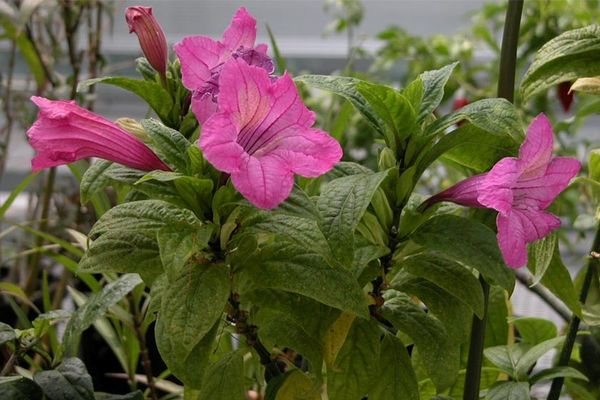
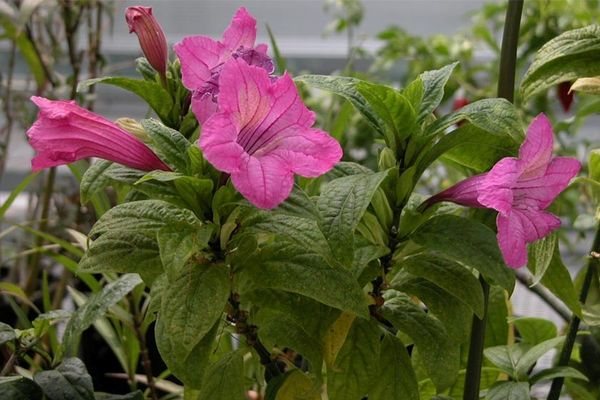
For several months a year, ruella delights the eye with its lush flowering. Corollas flare up on bushes every day, but quickly fall off, giving way to their fellows. The color of the flowers is dominated by pink and lilac tones.… They have a small diameter, but an impressive length – up to 12 cm.
Description
Ruellia belongs to the Acanthus family and has over 250 varieties. The native land of the plant is considered to be the tropical and subtropical zone of both Americas, but the first species were discovered in Brazil. The flower is evergreen and reaches a height of 90 cm. The shoots are herbaceous, covered with leaves along the entire length and highly branched. The central stems are strong and straight, while the lateral ones often spread along the ground or require a garter. The color of the foliage is dark green, in some varieties it is variegated. The shape of the leaf plate is ovoid with a sharp edge, the veins are embossed. The average leaf length is 7 cm, and the width is 2 cm. The terrestrial part has short pubescence.
Large tubular flowers are located in the axils of the leaves and at the tops of the stems. They consist of five fused petals, the diameter of the blossoming flower is 5 cm. It blooms from late May to September, but with sufficient light it is capable of producing buds in winter. It begins to bloom from the first year after planting. After the petals wilt, several seeds form in a small box. They are light brown, flat, rounded. After ripening, the pentahedral capsule opens on its own and the seeds scatter over long distances, which contributes to the formation of self-seeding.
Pinching, pruning, reproduction
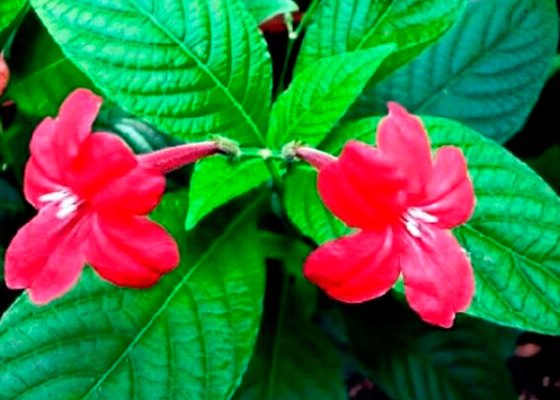

From regular pinching and pruning, the bush rejuvenates, becomes thicker. Cut old or bare branches to the base, and the tops of the branches to the height you need.
Any grower needs to know about reproduction. Why? For example, a pleasant ruella actively blooms for two years, then weakens, so take care of getting a new specimen in time.
It is best to carry out propagation by cuttings. You can use the cut tops of branches 10-12 cm long. Immediately after cutting, place the cuttings in any product that stimulates the development of the root system and leave them there for a day. It can be root, epin, or heteroauxin. Grow the cuttings in waterlogged soil.
After planting, cover the cuttings with a transparent film, and place the container in a warm and well-lit place. Ventilate the greenhouse daily and moisten the soil in it. When the first signs of growth appear, plant the cuttings in separate pots. To make the bush thick, plant five or six shoots in one large pot at once.
